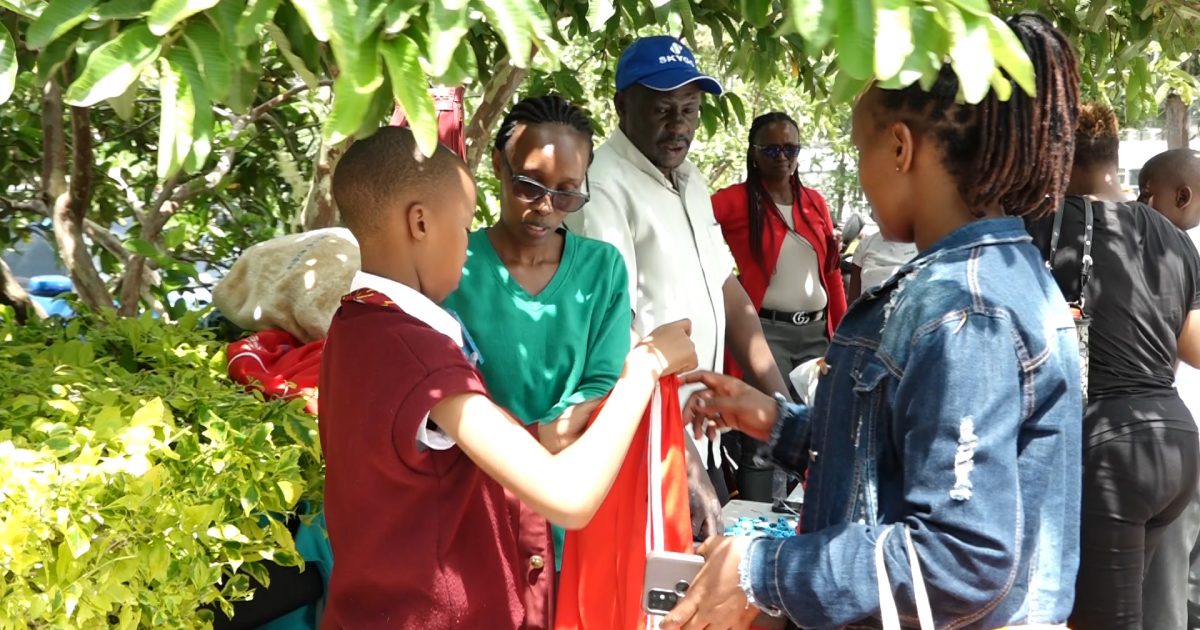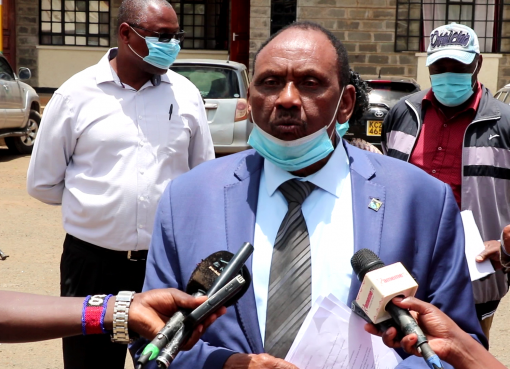Schools in Nakuru were a beehive of activity as hundreds of Form One students reported for their first day in secondary school.
Long queues had started forming as early as 6.30 am in the schools, with parents and their children patiently waiting their turn in the queues.
Most parents however decried the high cost of school fees, uniforms, textbooks among other items, and exorbitant requirements by some schools.
At Roots Academy, over 100 students had lined up at the registration desk by 10 am.
The institution’s Deputy Principal Mr. David Kyalo advised parents who cannot meet the full school fees and form-one requirements to approach their respective school heads, noting that “Every child deserves to be in school.”
Mr. Kyalo hailed the Ministry of Education for announcing major changes to the Competency-Based Curriculum (CBC) that will take effect this term, adding that besides easing the burden on teachers, the move will also make learning easier and more interesting.
The Deputy Principal observed that the changes will enhance the quality of education and ensure that learners acquire the relevant competencies and skills.
Proposed changes are based on the recommendations of the Presidential Working Party on Education Reform (PWPER) report that was launched on August 10, 2023.
The report suggested that the Kenya Institute of Curriculum Development (KICD) should rationalize the number of learning areas and curriculum designs in terms of scope and integration of subjects within learning areas, gaps, content overload, and overlaps in basic education.
Mr. Kyalo explained to parents and students that in lower primary (Grade 1 to 3), the learning areas have been reduced from the previous nine to seven. The number of lessons has been reduced from 35 to 31 per week, including the Programme of Instruction.
“Hygiene and nutrition activities have been integrated within environmental activities, while creative arts have been merged with art, craft, music, and physical education. In Upper Primary, the learning areas have been reduced from 10 to eight. The number of lessons has been reduced from 40 to 35 per week,” stated Mr Kyalo.
Foreign and Indigenous languages have been turned into co-curricular activities under the new arrangement. In Junior School, the students will take nine learning areas from the previous 14.
A parent, Francis Mugo, said they had adequate time to prepare their children for the reopening of schools after a long holiday since last November.
He lamented that some materials needed in schools were expensive, especially for the Competency-Based Curriculum (CBC).
“If you have two or three children in school under the CBC you will have to dig deeper in your pockets since all books have now been replaced,” said Mugo.
Due to harsh economic times, Mugo regretted that some parents are unable to pay for school fees and other necessities.
He called on the government to consider supporting private schools just like public schools.
Ms Anne Mugo echoed the same sentiments as she decried the high cost of school items as books and uniform sellers increased prices on the back-to-school rush.
She urged the government to adjust taxes imposed on the importation of raw materials to ease the burden on parents buying uniforms and other school items.
By Jane Ngugi and Dennis Rasto




